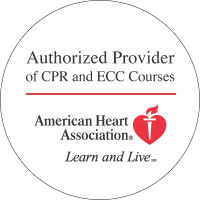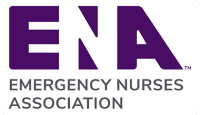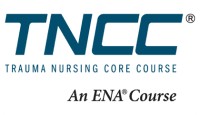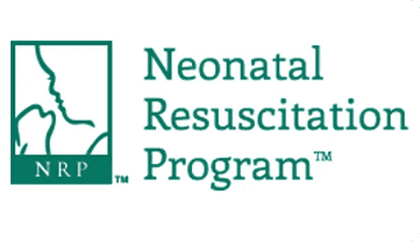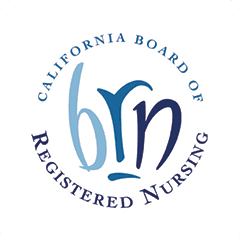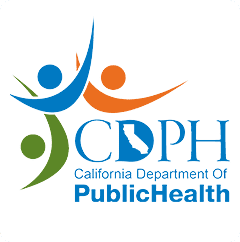At some point in your career, you have probably dealt with a patient who was hyperventilating. This is generally referred to as respirations greater than 20 per minute. When respirations become much faster than that, oxygen levels drop and your patient begins to feel lightheaded or dizzy. However, even when your patient cannot control his own respirations, such as during or after a code, he may still be hyperventilating due to rescuer attempts. There are three main reasons why you should guard against excessive ventilation during ACLS, and one key thing that you should do instead.
1. Gastric Inflation
While gastric inflation is probably not your biggest concern during a patient code, it is one that can have eventual consequences. Too much air in the stomach can lead to the expulsion of gastric contents, some of which could get into the lungs and lead to severe infection. In fact, some studies have looked at how this may even affect hemodynamic and pulmonary function over time. While additional studies could still be done to look at larger sectors of the population, initial findings show that there is definitely a negative effect from this.
2. Decreased Cardiac Output
While some of the air from excessive ventilation makes its way into the gastric organs, some of it can also cause significant problems in the thoracic cavity. When there is increased pressure in the lungs from too much air, the patient can suffer from decreased coronary perfusion. Obviously, if the heart muscle is unable to get enough oxygen, it will no longer be able to function well. In fact, studies have shown that decreased survival rates are a direct result of this issue.
3. Altered Blood Gases
If you have ever had a patient on a mechanical ventilator, you are probably familiar with the process of drawing blood gases regularly so that you can determine whether the patient is well oxygenated or whether his blood is becoming acidic from too much carbon dioxide. Much as you or the respiratory therapist would adjust ventilator settings to deal with any problems seen on these blood gases, you must consider the same options when your patient is coding. A patient whose blood gases are too acidic can have significant issues with brain function.
Focus on Cardiac Support Measures
Because of these concerns with excessive ventilation during CPR, the American Heart Association has modified its recommendations to state that respirations for a patient who is coding should be limited to only 12 to 16 per minute rather than the higher amount that was previously recommended. In addition, they have prioritized cardiac support measures over ventilation, knowing that not only are these recommendations far easier to carry out for most individuals, but also they will lead to the best possible results.
Of course, in the hospital setting when you have plenty of first responders, you will be able to focus on both chest compressions as well as ventilation. If you are responsible for giving rescue breaths with a bag-valve mask, be sure to count carefully so that you can rest assured that you are giving the correct number of respirations per minute. In addition, you must make sure that the patient’s head and neck are properly positioned to ensure that breaths are going to the lungs rather than to the stomach.
Make sure your ACLS certification is up-to-date, reducing the chances over over-ventilation. At Project Heartbeat, we have on-campus and online ACLS certification courses in Sacramento and the Bay Area to help you get the training you need.


